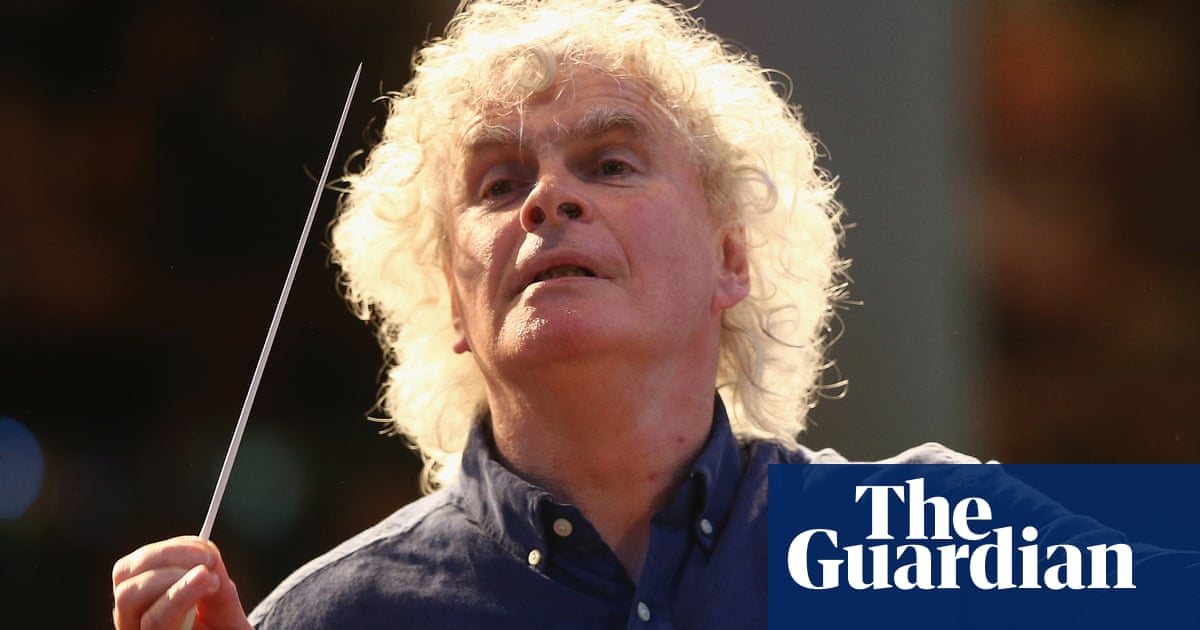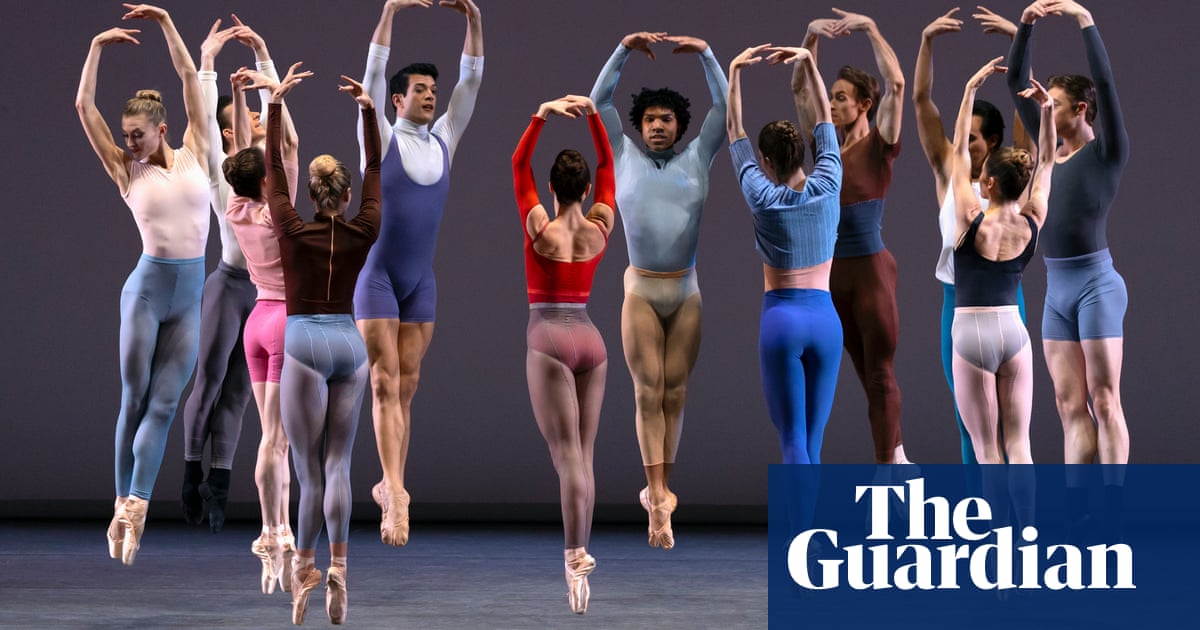
ear City: New York vs The Mafia, Netflix’s three-part series on law enforcement’s quest to bring down New York’s mob in the 1980s, starts with a sequence straight out of a high-level Law and Order episode: “Five untouchable Mafia families hold the city in their grip,” a title card reads. A bloodied body lies on the street; a newscaster reports an abandoned railroad tunnel held a mob grave for over 60 people. The tone is urgent, climactic – fitting for a subject which has been so obsessively mythologized and cemented in American cinema and pop culture.
But while Fear City occasionally leans into the sepia-toned flashbacks of mob power, its re-enactments, interviews with former FBI agents, and replaying of old wiretaps ground the mob’s far-reaching, profit-directed practices in the methodical, if often mundane, legal strategy to dismantle them. “Most mafia stories are told from the perspective of the mobsters,” Fear City’s director, Sam Hobkinson, told the Guardian. “We wanted to tell our story from the perspective of law enforcement,” with an emphasis on the tricky, unglamorous work of handling early-stage digital surveillance technology, to make the show “a spy thriller as much as it is a mob series”.
New York in the 1970s and early 1980s was deeply entangled with five Italian mob families — the Gambino, Colombo, Bonanno, Lucchese and Genovese clans — who had developed from mid-century neighborhood extortionists and racketeers into black market institutions with tentacles in the city’s essential functions and businesses. By the late 1970s, the mob was “the most organized group within the US at that time in terms of criminal enterprises”, Joe Cantamessa, a former organized crime FBI agent in New York who carried out covert missions against the mob, told the Guardian. The families were rigidly hierarchical, bound by a code of violence, with levers in every major city union – garbage collectors, truckers, shipping, catering vendors. And as the 1980s progressed, they collectively made hundreds of millions from concrete businesses essential to the city’s incessant construction.
“To say that they controlled or infiltrated businesses is really an understatement,” said Cantamessa. “They had their hands in everything. And that’s something that no one seemed to wrap their arms around until from-the-top directions started to be put in place.”
Those from-the-top directions – the ability and willingness of law enforcement to pursue the families’ leaders rather than their numerous underlings – is where Hobkinson found room for a new angle to a well-worn genre. The three-part series – two 45-minute episodes and an hour-long finale – illustrates the scope of the mob’s criminal enterprises but stays, for the most part, embedded with law enforcement: FBI technical experts versed in the cold war spycraft of wiretaps and hidden recorders, judges willing to sign off on surveillance, prosecutors who bet big on a boss-heavy case.
Fear City attempts to flip the script on whose work is glamorized in the mob story, turning the legal code which allowed for prosecution of mob bosses (the Racketeer Influenced and Corrupt Organizations Act, known as Rico, passed in 1970) into a holy word. The strategy of bugging a wiseguy’s house becomes a tense re-enactment. Mobsters (two of whom, Johnny Alite and Michael Franzese, have made later careers as informants, testify to the allure and pride of mob life in the film) are relegated to, as Cantamessa put it, “just a bunch of regular guys running a business with some pretty good organization and structure and rules”, who were “relatively easy to investigate once we figured out the formulas”.
To reconstruct the investigations, Hobkinson and his team parsed through hundreds of hours of tape, hundreds of thousands of pages of unmatched transcripts, searching for incriminating or interesting sections. There weren’t many – just like the FBI agents from 40 years before, researchers pored over mostly inconsequential conversations at home, sensitive information revealed in code peppered with F-bombs, in accents indistinguishable from Joe Pesci’s character in Goodfellas.
The series recounts investigations targeting the heads of each family, and finds its most compelling sequences in the retelling of covert operations to place and collect surveillance on high-level mobsters – the time Cantamessa, for example, breaks into a restaurant to plant a recording device into a lamp at night. In a particularly tense sequence, he impersonates a cable repair man to gain access to the Gambino boss Paul Castellano’s Staten Island mansion, coordinated fake static on his television and planted a bug in the set – while a mobster held his flashlight, no less.
Family-siloed investigations morphed in the 1980s into a single case targeting the “Commission” – a coordinating committee between the families, essentially making them one massive criminal unit – pursued by the southern district of New York. The story ropes in, on opposite ends, two now-ubiquitous figures: Donald Trump, whose New York real estate dealings in the 1980s brought him into contactwith the mob; and Rudy Giuliani, the sycophantic Trump lawyer who, in an earlier iteration of his career, spearheaded the Rico case against the Commission. “Obviously we knew that he’s a polarizing figure at the moment,” Hobkinson said of Giuliani, now known for frequent gaffes on cable news. “But there was never any question that we wouldn’t interview him, in the sense that he is an absolutely key figure in this story.”
In the series, Giuliani recounts stories he has no doubt told many, many times before – his longstanding hatred of the mob as an Italian-American, how Rico presented a can’t-miss opportunity to target the heart of organized crime’s Hydra rather than its replaceable, proliferating heads – to convey what was, indeed, his prominent role in bringing the so-called “Mafia Commission Trial” to court in 1985. Giuliani is “somebody who understands the big gesture”, Hobkinson said. “I think what he understood then was that that is a big gesture that will make headlines, that will be in the papers, that will be on the television.”
Still, the gesture required deft legal maneuvering and investigative chops to pull off, as explained by the case’s three young SDNY lawyers – Michael Chertoff, John Savarese and Gil Childers – and the numerous FBI operatives whose work helped secure the bosses’ convictions.
Fear City ultimately traces an operation of dizzying scale, from the nerves of implanting the one right bug in the one right car at the right time, to systematically tracking billions of shady mob profit in the city’s construction business. The main draw of revisiting the legal wars against the mob in the 1970s and 80s was that scope, said Hobkinson – “the opportunity to tell this panoramic story of New York, from the streets all the way up to the highest levels of government”.
Fear City: New York vs The Mafia is now available on Netflix












